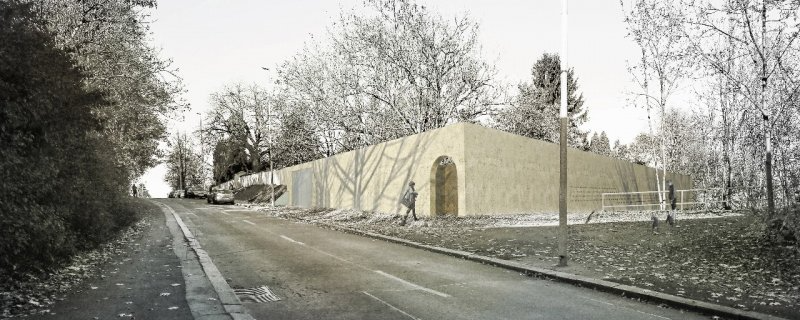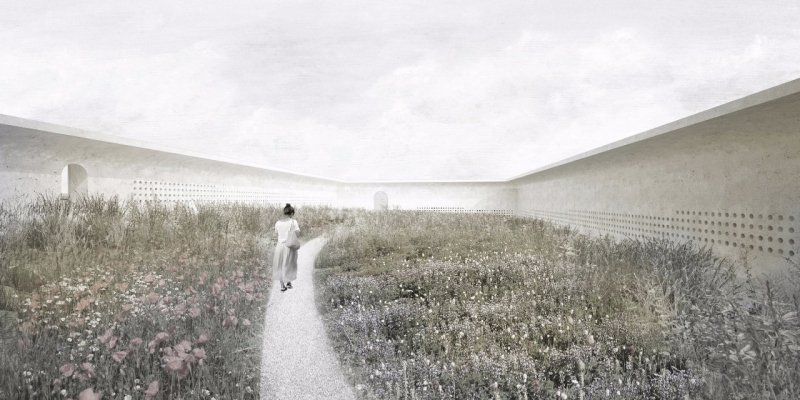schedule
Commencement: 2016
Completion: 2021
how much will it cost?
CZK 30 m
who will do the work?
Stanislav Krčmárik, Róbert Bakyta, Lukáš Radošovský
the role of ipr prague
The organizer of the competition and the creator of the competition conditions
Form
An urban-architectural, public, anonymous, single-round, project competition
contact details
If you have any queries: Ing. arch. Filip Ditrich,236004571, ditrich@ipr.praha.eu, guarantor
For the media: Mgr. Marek Vácha, vacha@ipr.praha.eu, 723 444 291, press spokesperson



